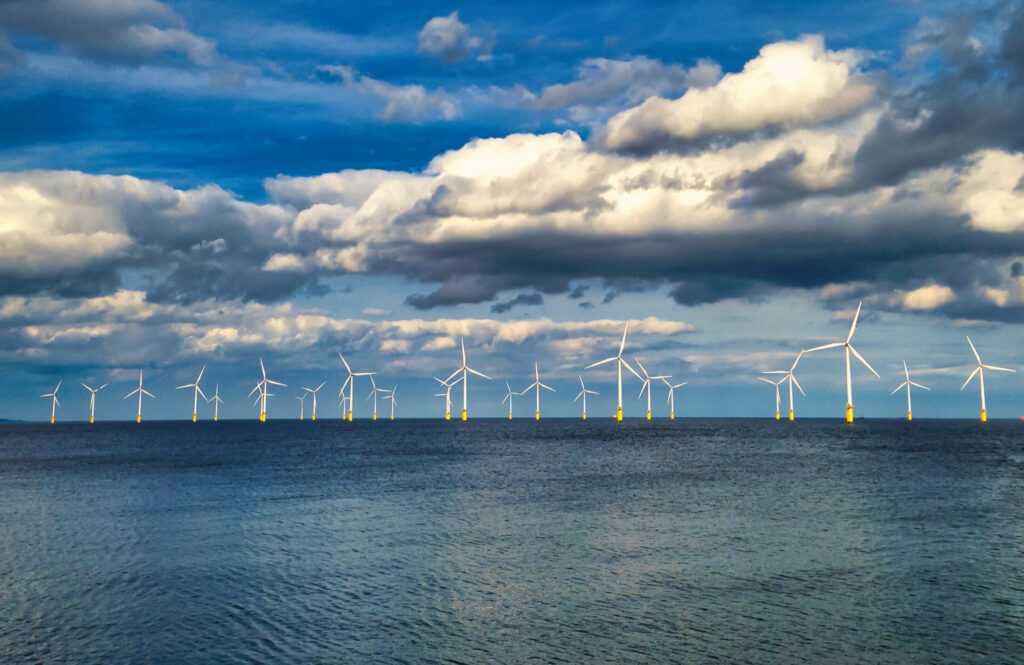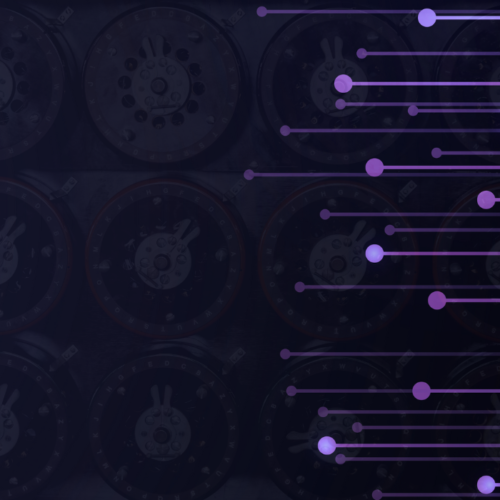After the mass energy outage in Texas in February, the energy sector worldwide is likely to be re-evaluating their approach to risk mitigation. Millions were left without electricity all because a single storm froze energy sources – gas wells, coal piles and wind turbines – and because everyone wanted their heating on higher than usual.
While many region-specific factors were at play, the local event highlighted a global concern: is the energy sector robust enough to handle rare weather events?
A loss of power doesn’t just have financial implications, it has serious consequences for security and infrastructure, even for lives. With so much at stake, the question is: should Texas have seen it coming? Couldn’t they have kept more energy generation in reserve?
Until now, the energy sector might have made do with point forecasts – single estimations that don’t measure uncertainty – but these are no longer adequate in the face of increased uncertainty. Global renewable energy use is steadily rising and once coal, oil and gas are retired, we will need new ways of accounting for greater volatility in generation so that we can manage uncertainty on the grid.
Predictions left blowing in the wind
Fluctuations in energy generation and energy demand are inevitable. Even with fossil fuels still on the grid, the energy sector as a whole is finding it difficult to match anticipated supply/demand with actual supply/demand, and to adjust their prices accordingly.
This is partly due to disruptions in human behaviour, but it is also due to an external factor which is having an increasing influence on energy generation: the weather.
While a snowstorm like Texas’ can still disrupt gas and coal energy generation, (if these are not winterised), there is no doubt that renewables are more regularly affected by meteorological happenings.

Hydropower, which makes up around 60% of global renewable energy, can be drastically affected by temperature and rainfall. And whether due to monsoons or meltwater, heatwaves or cold spells, there is often a large level of uncertainty associated with its longer-term output.
Wind and solar are also more volatile than other energy sources. These energy sources are subject to more erratic fluctuations, which typically leads to greater discrepancies between predicted and actual generation. An hour of sudden strong gusts can cause a serious spike in wind power generation on the graph.
The energy sector can’t afford to allow sustained discrepancies between supply and demand, not without endangering security or suffering serious financial loss. Like trying to keep a seesaw level, companies are attempting to manage this volatility due to renewables and establish a sense of ‘business-as-usual’. But to do this you need to understand and quantify the uncertainty involved.
An intelligent way to predict the future
There are different sources of uncertainty: weather, human behaviour, how much energy can be delivered from abroad etc. Some of them may be correlated, others may cancel each other out.
In the energy sector, counteracting an over-forecast has a different impact from the decisions we make to address under-forecasting. It’s not a matter of taking the most conservative route, or the cheapest. If you have the data and the means of calculation, there’s a more intelligent option you can take: proactively positioning yourself in the most economic way possible while prioritising security.
That’s where we come in. We use data, mathematical models and AI to measure probabilities and uncertainty, creating dynamic forms of forecasting. We also create methods and tools for optimal decision-making under uncertainty that assess external factors, fluctuations and risks to determine the best course of action.
Our mathematicians draw on an advanced scientific skillset to exploit the full potential of data. We create bespoke solutions that enable energy companies to map out the future, mitigating risk and seizing opportunities. Get in touch to explore what we can achieve for your own organisation.
More in Energy
SI Insight: A new normal: Energy sector operations and predicting uncertainty
Case Study, EDF: How the Smith Institute is helping EDF safely deliver low-carbon energy to the UK
Case Study, National Grid ESO: Modernising optimisation algorithms for the control room



